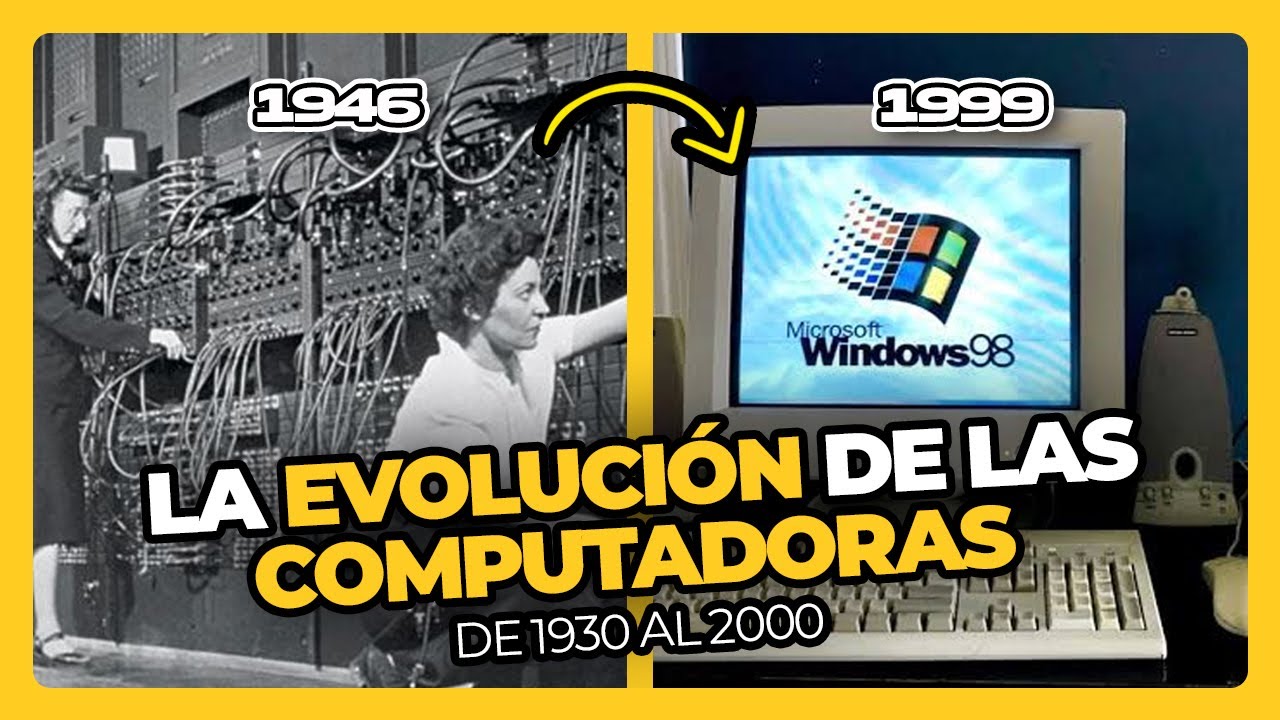Typography - now you see it: Shelley Gruendler at TEDxSFU
Summary
TLDRThe speaker explores the evolution of typography, discussing how letterforms have transformed over the past 2,000 years. From ancient Roman inscriptions to modern fonts, they emphasize how typography reflects different tones and styles. Examples include medieval lettering that was more decorative than readable, Rococo’s ornate embellishments, and how fonts are used in advertising. The speaker also highlights modern advancements, like Clearview Highway’s improved readability for road signs. Typography, they argue, is not just about words but how tone, style, and design communicate visually, changing how we perceive messages.
Takeaways
- 🖋️ Typography includes not only typefaces from drop-down menus but also hand-painted letterforms.
- 📜 2,000 years ago in Imperial Rome, letterforms were carved into stone and varied in tone and style.
- 🔺 Roman inscriptional letterforms used styles such as wedge serifs and rounded terminals, each conveying different feelings.
- 🕰️ Over 1,500 years, letterforms evolved to become condensed and squarish, prioritizing fitting more on a page over readability.
- 📚 Typography can be thought of like art—sometimes meant to be admired rather than read, like a coffee table book.
- 💫 The Rococo period in the 1600s added decorative flourishes to typography, focusing more on visual importance than legibility.
- 🛣️ Modern examples, like the Clearview Highway typeface, focus on readability and legibility, especially in difficult conditions.
- 🎨 Typography styles communicate different tones in advertisements, often seen in London and Paris over the past 200 years.
- 💡 Technology affects typography tone, with some designs deliberately using an amateur look to convey certain messages.
- 🌦️ Some modern typefaces, like 'Twin,' are even designed to reflect the weather, with letterforms changing based on temperature or wind.
Q & A
What is the main topic of the script?
-The script discusses typography, its history, evolution, and how different letter forms and typefaces have been used over time.
What are 'letter forms' and how were they used 2,000 years ago?
-Letter forms refer to the shapes and styles of letters. 2,000 years ago in Imperial Rome, letter forms were inscribed on tombs and carved in stone. These inscriptions had different tones based on their styles.
How did typography evolve over 1,500 years, according to the speaker?
-Over 1,500 years, letter forms became more condensed and squarish to fit more text on a page. This period saw a shift from readability to emphasizing design elements like space, color, and squiggles to signal importance.
What is a key difference between early typography and modern typography?
-Early typography focused on appearance and form over readability, whereas modern typography often prioritizes readability, especially in functional contexts like highway signs.
How did typography change during the Rococo period in the 1600s?
-During the Rococo period, designers added excessive swooshy elements to make their documents look important. However, this over-decoration often reduced readability.
What is the significance of the typeface 'Clear View Highway'?
-Clear View Highway is a modern typeface designed to improve the readability of highway signs. Its design opens up the insides of the letters to make them easier to read, especially at night and in poor weather conditions.
What is the purpose of 'squiggles' in early typography?
-Squiggles were used in early typography to signal important sections of text, drawing the reader’s attention even if the text itself was hard to read.
How did technology influence the design of typography in modern times?
-Technology allowed designers to mimic amateur designs, like the prostitutes' calling cards in London, which were offset printed in large runs but designed to look handmade.
What is 'Restraint' and how is it unique in typography?
-Restraint is a typeface that works like Scrabble letters, meaning it can be used both vertically and horizontally. It allows designers to add decorative squiggles to enhance its importance while still maintaining readability.
What is the concept behind the 'Twin' typeface?
-The Twin typeface changes its style based on the weather in Minneapolis-St. Paul. For example, if it is warm, the typeface becomes loopy, while cold weather results in sturdy serifs, showing how typography can dynamically communicate external conditions.
Outlines

This section is available to paid users only. Please upgrade to access this part.
Upgrade NowMindmap

This section is available to paid users only. Please upgrade to access this part.
Upgrade NowKeywords

This section is available to paid users only. Please upgrade to access this part.
Upgrade NowHighlights

This section is available to paid users only. Please upgrade to access this part.
Upgrade NowTranscripts

This section is available to paid users only. Please upgrade to access this part.
Upgrade NowBrowse More Related Video

DKV - Sejarah Tipografi: Zuefa Choirunnisa, S.Sn., M.Sn (Komunikita Eps. 42)

Summantri Samarawickrama: Culture of Typography

I’ve Read “The Manipulated Man” By Esther Vilar PROOF 50 Years Later She is More Than Right | Part 1

💾→💻 La EVOLUCION de las COMPUTADORAS • Perdón, Centennials

History of Typography - Domestika

Electronic Health Records: Past, Present, and Future
5.0 / 5 (0 votes)